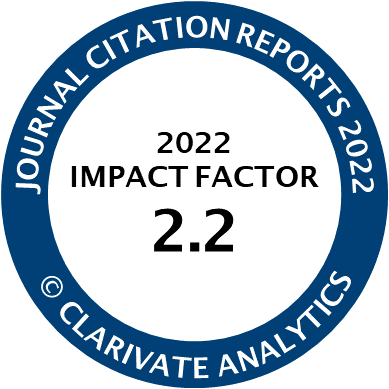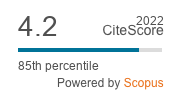Article | Open Access
Tweeting Power: The Communication of Leadership Roles on Prime Ministers’ Twitter
| Views: | 2109 | | | Downloads: | 1420 |
Abstract: This article examines the communication of leadership roles by prime ministers Justin Trudeau and Theresa May on Twitter. I argue that tweets from prime ministers implicitly communicate information about how prime ministers lead and what their job entails: what I call role performance and function. I develop an inductive typology of these leadership dimensions and apply this framework to Trudeau and May’s tweets in 2018 and 2019. I find first that Trudeau is a much more active Twitter user than Theresa May was as prime minister, attesting to different leadership styles. Second, both use Twitter primarily for publicity and to support and associate with individuals and groups. Trudeau is much more likely to use Twitter to portray himself as a non-political figure, while May is more likely to emphasize the role of policy ‘decider.’ Both prime ministers are framed much more often as national legislative leaders rather than party leaders or executives. Finally, May’s tweets reflect her position as an international leader much more than Trudeau’s. Assessing how prime ministers’ tweets reflect these dimensions contributes to our understanding of evolving leader–follower dynamics in the age of social media. While Twitter has been cited as conducive to populist leaders and rhetoric, this study shows how two non-populist leaders have adopted this medium, particularly in Trudeau’s case, to construct a personalized leader–follower relationship.
Keywords: leadership roles; political communication; political leadership; prime ministers; Twitter
Published:
© Kenny William Ie. This is an open access article distributed under the terms of the Creative Commons Attribution 4.0 license (http://creativecommons.org/licenses/by/4.0), which permits any use, distribution, and reproduction of the work without further permission provided the original author(s) and source are credited.




